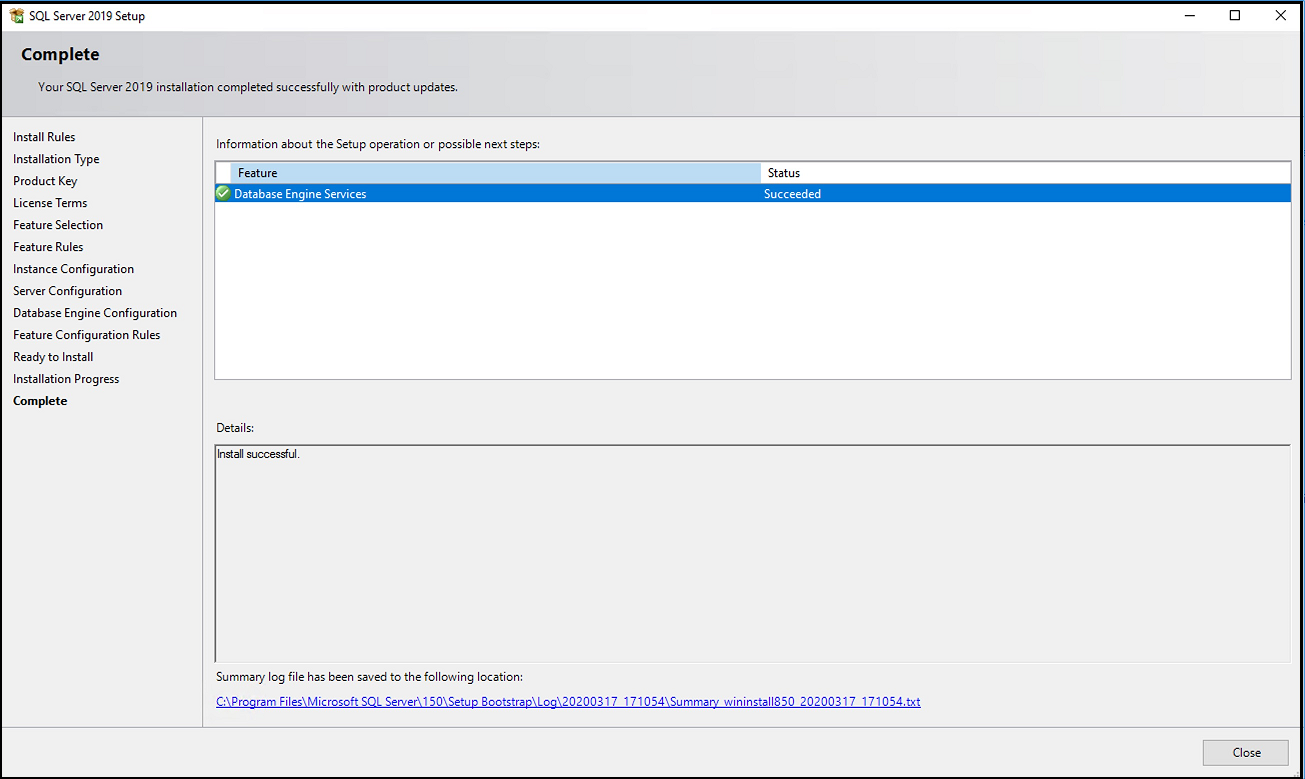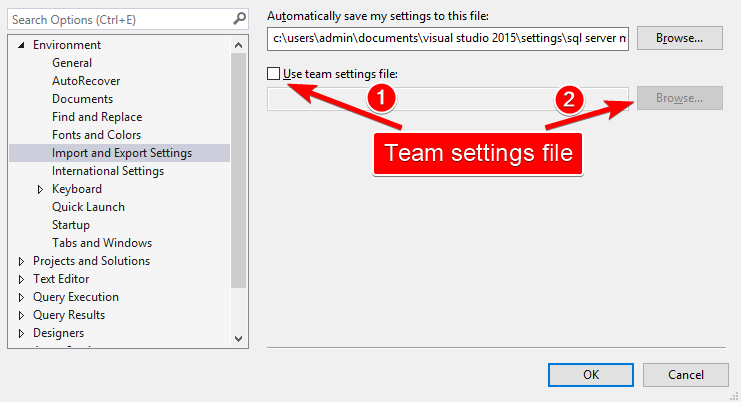

For example if you're modifying a table, you might see the table design and properties in the right pane. The right pane will change depending on what task you're performing. The Object Explorer provides navigation to databases, server objects (such as triggers), log files, and more. The left pane contains the Object Explorer. Here's what SQL Server Management Studio looks like once you've connected (and opened a new query):

You can either keep the default authentication settings or change them.: When you open up SQL Server Management Studio, you will be prompted to connect to SQL Server with a log in screen that looks like the following screenshot.

Having said that, you still need the GUI in order to run the script. For example, you can create a database using the GUI or by running a SQL script. However, many tasks can be performed either via GUI or SQL script, so it's your choice which one you use. It is also the interface that enables you to run SQL scripts, so there are also tasks that require programming/scripting. SQL Server Management Studio is a graphical user interface, so many tasks are "point and click". SSMS enables you to create database objects (such as databases, tables, stored procedures, views etc), view the data within your database, configure user accounts, perform backups, replication, transfer data between databases, and more. SQL Server Management Studio (SSMS) is the main administration console for SQL Server.
Install sql server management studio 2014 client only install#
Assuming you managed to successfully install SQL Server 2014, it's likely that the first thing you'll want to do is open up SQL Server Management Studio and start using it.


 0 kommentar(er)
0 kommentar(er)
